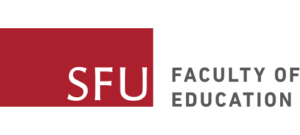Invigorating learning and building community
The idea is that each school will take on a particular topic to study for three years. The whole school will be involved in the study. The topic might involve local phenomena—such as “plants and animals of the desert” if the school is in Alamogordo, New Mexico, “sheep farming” if it is in Walworth, New Zealand, “water resources” if it is in West Vancouver, Canada, “the Columbia River Gorge” if it is near Portland, Oregon, “the castle” if it is in Ludlow, England, or “the Yarra River” if it is in Melbourne, Australia, etc. Alternatively, it could involve quite distant things—such topics as “the Solar System”, or “desertification and attempts to combat it,” “ocean life,” “migrating animals,” and so on.
All students and all classes will be involved. The rest of the curriculum will continue much as it is, but some time will be given over in each curriculum area which contributes something to the accumulation of knowledge of the chosen topic, directed towards a large-scale final product. The “whole school project” can help achieve many of the year’s curriculum objectives in mathematics, science, art, history, and so on. Any teacher can choose to incorporated their curriculum aims into the project study, even when those aims also include meeting externally mandated achievement levels.
WSPs may seem a challenge to organize, yet in practice they can work relatively easily. In return for the effort of implementing such a project the educational value created is enormous, for students, teachers, administrators, and the community around the school.
For a full account of how a school can implement such a program visit the WSP website.
